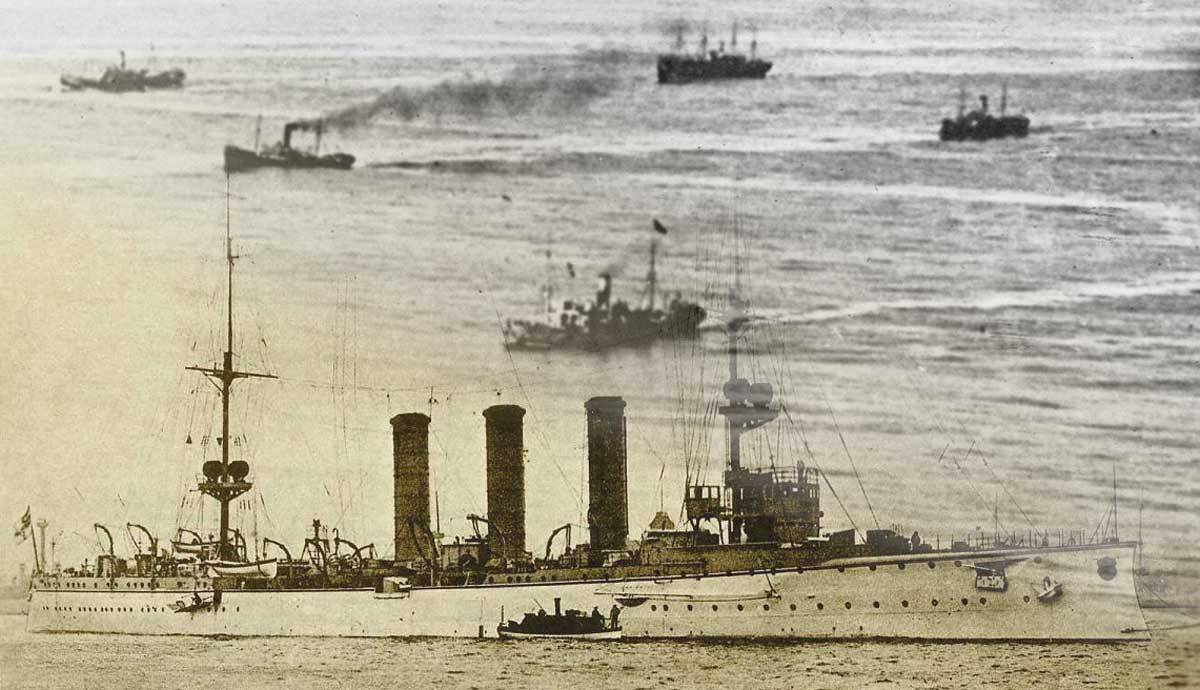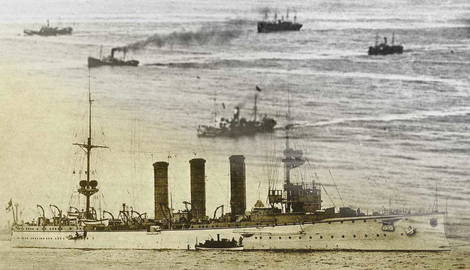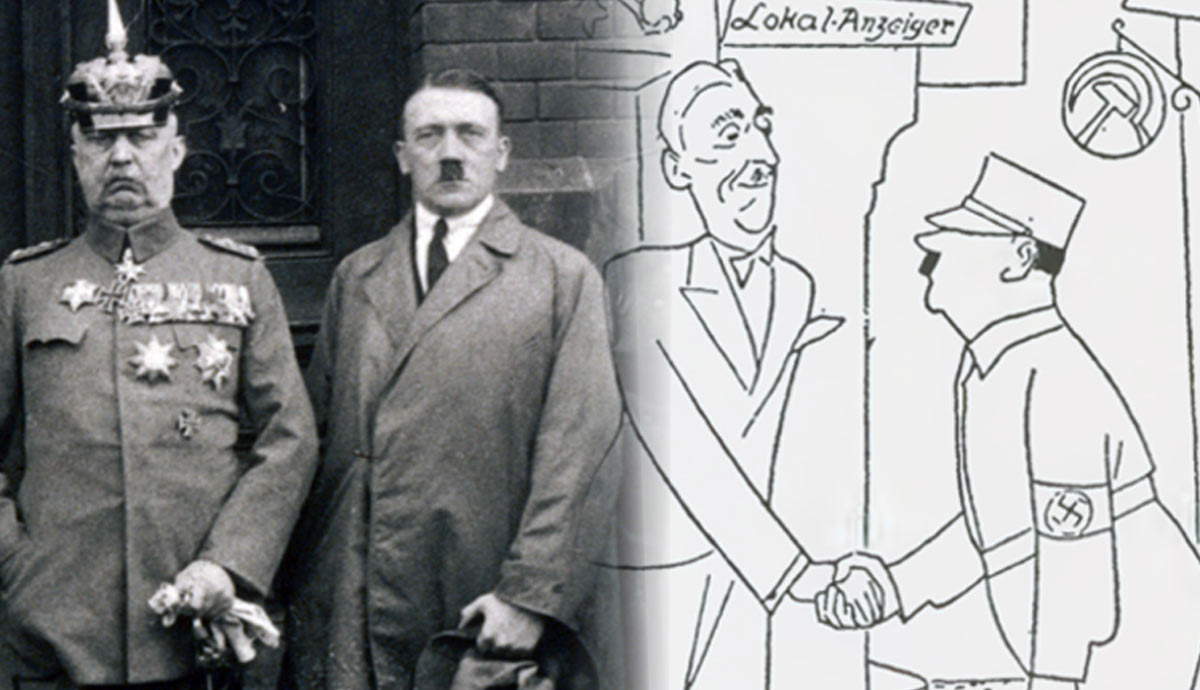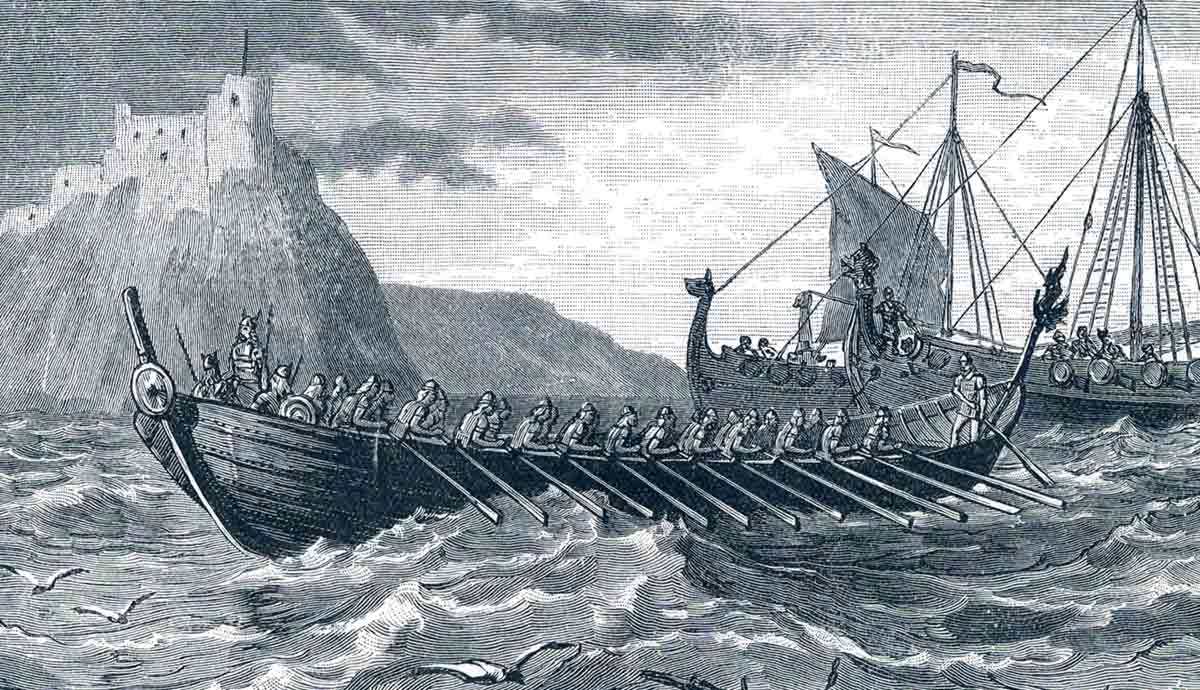
At the beginning of World War I, Britain relied on imports, carried by merchant ships sailing alone, and easy targets for German surface raiders, mines and U-boats. After they had failed to achieve a rapid victory in the war the German high command concentrated on attacking Britain’s seaborne trade. With the adoption of unrestricted submarine warfare ship sinkings rapidly increased. Something needed to change in order to stem these losses and keep Britain in the war.
Why Was Shipping So Important to Britain in World War I?

In 1914 Britain imported two-thirds of its food and huge amounts of raw material, like oil and rubber. To transport this Britain possessed the biggest merchant fleet, 40% of the world total. If these imports were severely reduced Britain’s war effort would have been curtailed, or she may even have had to sue for peace. Shipping was unescorted, apart from troop convoys and cross-channel supply routes. Initially it was German surface raiders such as Light Cruisers and Auxiliary Cruisers which threatened British trade.
These ships roamed across the globe, hunting individual merchantmen and bombarding port installations. The most damaging effect of these surface raiders was not the sinkings but the effect they had on insurance rates. These rose rapidly to unsustainable levels, to the point where there would have been very little merchant shipping. The British government intervened and guaranteed 80% of the risk on each voyage.
When Did Unrestricted Submarine Warfare Begin?

By early 1915 the German high command realized that the Schlieffen Plan, for a rapid victory in the war, was unsuccessful and they looked to the Imperial Navy for a decisive result. At this point the surface raider campaign had failed and German submarines had only sunk ten merchant ships. The Allied economic blockade of Germany was used as justification for the declaration, in February 1915, of a ‘War Zone’ around Britain and Ireland.
Within this zone British and neutral shipping would be attacked without the observing Prize Laws, which allowed ships crews to escape before their ship was sunk. Although Germany initially only had about a dozen submarines on patrol at any one time they sank 115 merchantmen from March to May 1915. Unrestricted submarine warfare was called off twice, due to fear of drawing the USA into the conflict, before being finally resumed in February 1917.
The Time of Crisis?

By December 1915 imports had declined by 12%, which was severe and about to get worse. The German aim was to sink 600,000 tons of shipping per month, which they calculated would force Britain out of the war. This tonnage was exceeded twice and close several other months. By August 1917 food stocks were down to weeks, ship construction could not keep pace with the sinkings and more than twice as many ships were being lost than in 1916.
There was voluntary rationing, made mandatory in January 1918, although by then sinkings had declined from the crisis of mid-1917. During the worst months the fear of U-boats was causing many ships of neutral nations to refuse to sail. Merchant ships were generally sailing alone, making them easy prey for the increasing number of enemy submarines. Something had to change if Britain was to remain in the war.
Why Was 1917 the Year of Decision?

The Admiralty had opposed the adoption of the convoy system for general commerce, despite the frequent cross-channel convoys and troop convoys from the Antipodes incurring negligible losses. Various spurious arguments were employed, such as the need for an escort for each merchant ship or that the merchant ships could not find the rendezvous point or that the ships could not maintain a constant speed.
In May 1917 a trial convoy from Gibraltar sailed, with no losses. In July the British Ministry of Shipping reported that seven convoys, six from the USA, had arrived with a total of two damaged ships. Not only were merchant ships safer in convoys but they attracted the U-boats, which otherwise could not be found. This in turn gave the British and American navies a better chance to sink their elusive enemy.
A Slow Victory?

From July 1917 losses began to decline and by the end of 1917 just over 50% of Britain’s trade was convoyed rising to 90% by wars end. After the US entered the conflict in April 1917 it sent over 30 destroyers to assist the Royal Navy and this, plus the systemization of the convoys, began to reduce losses. The first convoys were of 12 merchant ships, which gradually increased to 40 by April 1918. The Admiralty formula for the number of escorts meant that a large convoy used less escorts, proportionally, than a small convoy.
New technology such as air power and depth charges also helped achieve victory. The German campaign was eventually defeated but it came very close to success, partly due to the stubbornness of the British naval command and the inability of the politicians to override the admirals in the face of the evidence.









